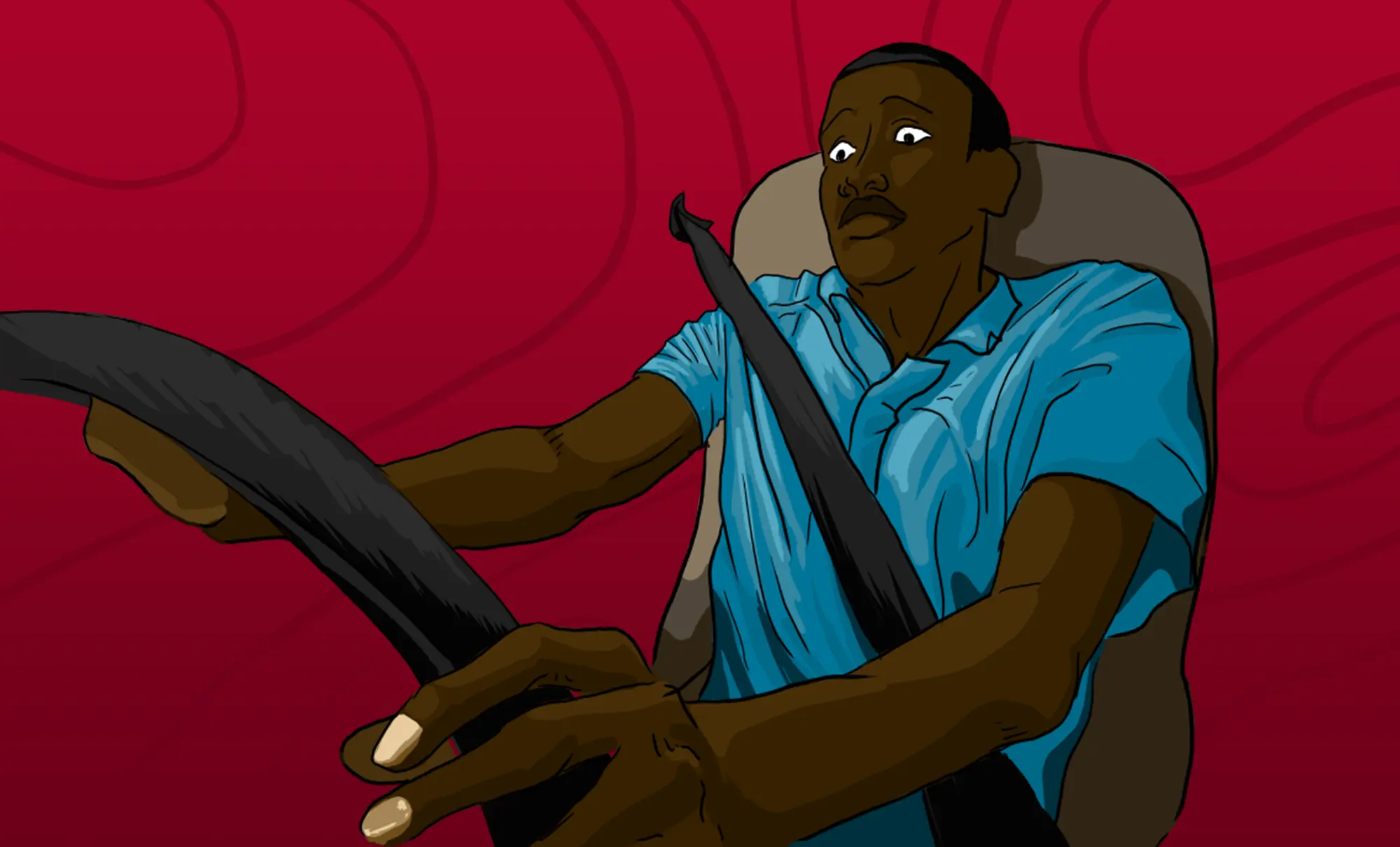On a Monday morning in July 2023, before the deadly confrontations between protestors and riot police that would end up killing more than six Kenyans, Raila Odinga boarded a matatu from his Karen home headed for the Nairobi Central Business District. With his bodyguard keeping his distance, Odinga ambled to the bus stop clad in his Azimio-Blue kaunda suit, climbing aboard adroitly enough, much as he didn’t swing from the door. Odinga’s fellow passengers were elated, with some asking to take selfies with him and such.
At this very moment, the owner of that matatu is probably wondering whether to remove the seat Odinga sat on and place it in the Matatu Museum, when it is finally built, next to the famous “Michael Jordan” that patrolled Route 9 in the nineties.
It will not have escaped the notice of the passengers how that matatu was driven. I wasn’t there, but I’m willing to wager that for the short time the former Prime Minister was aboard, it was the most carefully driven matatu within Kenya’s borders. The (human) speed governor was working, the braking was smooth, the driver suddenly remembered how to signal, and any policeman who minded flagging down the vehicle to extract some bribes, or what they call mordidas in Mexico City, probably thought better of it. The matatu had gone viral.
Everyone likely received their change in full and this time, mwisho gari really did mean the end of the journey, because “Baba” was on board. This here was a repeat of a wider plot that constantly plays out in this country, which so often reserves its finest for visitors, like the china tableware in many Kenyan homes. People clean up their act when the powerful visit. Roads get tarmacked and stadiums are hurriedly renovated. Then after the big day, we resume normal settings; politicians go back to cushy motorcades and the potholes momentarily covered reappear like a rash that won’t clear.
It’s clear, particularly after the horrific Londiani crash which killed 52, that it will take more than Raila Odinga boarding a matatu occasionally to fix our driving habits or our road safety in general. I won’t dwell on corruption since it’s not clear what new thing can be said about it, but on roads I will note that organisations like the Institute for Transportation and Development Policy work to design safer roads, and the government should be talking to them a lot more.
Kenya’s enforcement of traffic laws tends to be immobile and document-based, particularly around heavy commercial vehicles. The police who enforce traffic rules are stationary, mostly on the side of the road and drivers who pass through these checkpoints can always warn their oncoming colleagues. On the other hand, roaming police cars with cameras that scan number plates and onboard computers connected to insurance and police records would pinpoint offenders in real time and help police stop the right vehicles more often. Such police cars are commonly used in many countries.
Then there’s the document problem. Suppose an eighteen-wheel truck heading from Mombasa to Malaba is stopped at a Naivasha “Safari Rally” truck stop, and the driver produces a six-month-old inspection certificate. The certificate, though valid, only confirms the vehicle’s state six months prior. However, ordering the driver to instantly conduct tests – such as a braking test – at the roadside would reveal the truck’s current state of repair and potentially point to defective inspections. This is exactly what happens in the European Union, according to a 2014 directive that repealed an earlier 2000 directive. It provides for random roadside inspections, described as “unexpected technical inspection of the roadworthiness of a commercial vehicle carried out by the competent authorities”. Parts examined in such an inspection include the brakes, steering, visibility, electrical system, and also how cargo is secured.
The value of these unexpected roadside inspections has been proven. According to the European Union, “During the period from 2009 to 2010, more than 350000 vehicles subject to technical roadside inspections throughout the Union” had to be taken off the road. Such inspections would inconvenience the trucking business, but taking these trucks off the road would save lives. As a last resort, the government can invest in runaway truck ramps which provide an escape when a truck fails to slow down on an incline.
Truck parts wear out. Brakes fail. Excuses like “the brakes failed” also get old. To truly ensure road safety, we must complement static certificates with actual tests on the road.

